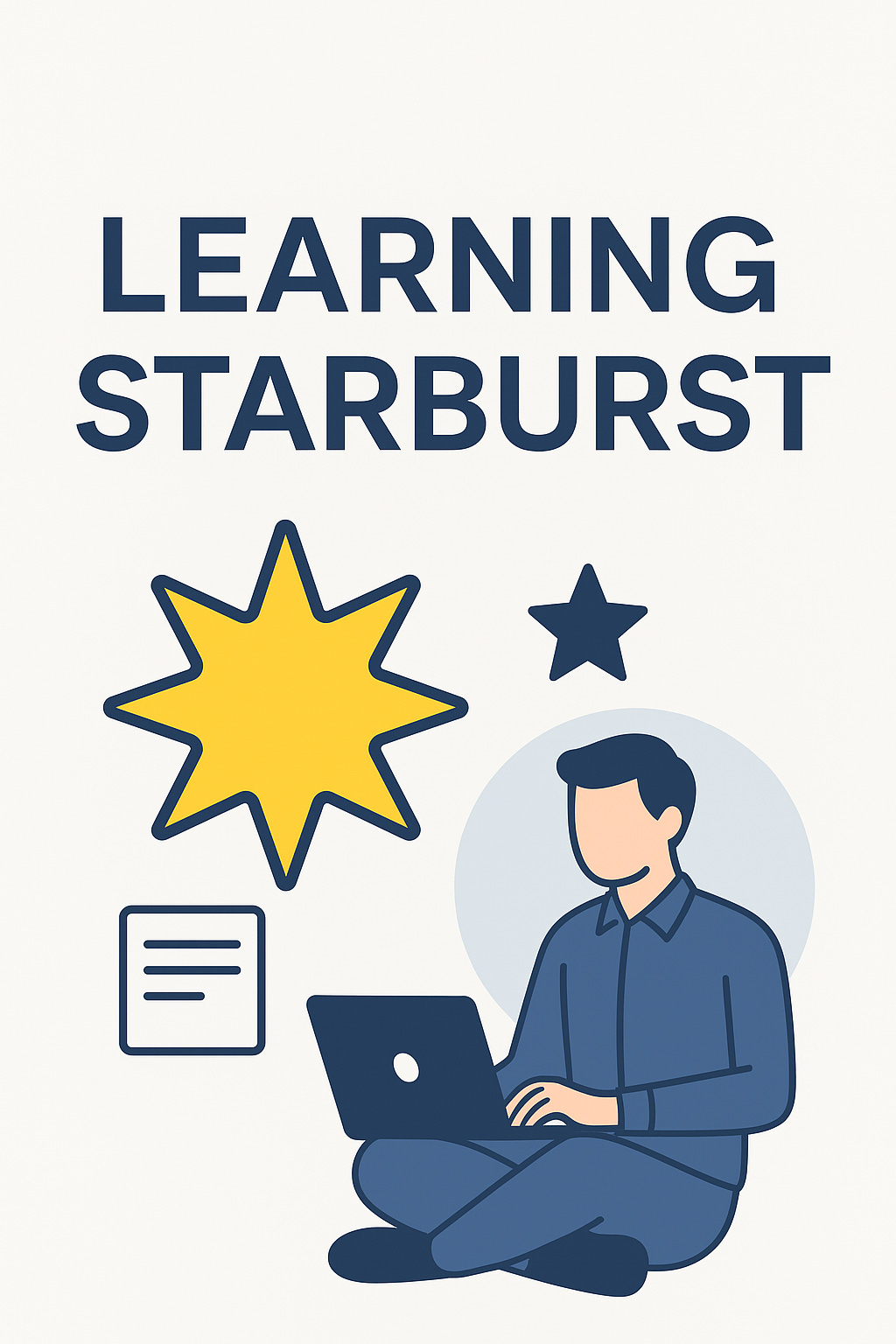Navigating Starburst and Trino: A Practical Learning Guide
From Scattered Docs to Clear Learning — Your Starburst Resource Hub
A Quick Note on Resources
The information about Starburst and Trino is currently scattered across various official documentation, videos, and community resources. Sometimes, it’s not easy to find all the valuable content created by the Starburst team in one place.
In this post, I’m simply listing these important resources with direct links to make your learning journey easier. All the original content belongs to Starburst and the Trino community.
After going through these materials myself, I provide my own summaries and insights based on my learning experience to help make the concepts clearer and more practical.
What is Starburst and Why Should You Learn It?
Starburst is becoming a popular choice in the data engineering world for its powerful SQL-on-anything approach, built on Trino (formerly PrestoSQL). If you want to build modern, scalable data mesh environments or simply query across multiple data sources seamlessly, learning Starburst is a great skill to add. Here’s a straightforward guide on how to get started with Starburst, along with curated resources to help you grow from beginner to advanced user.
Starburst is an enterprise-ready distribution of Trino — an open-source distributed SQL query engine. It allows you to run fast, interactive analytics across different data sources like Hadoop, cloud storage, relational databases, and more — all with standard SQL.
If you work in data engineering, analytics, or cloud-native data architectures like data mesh, knowing Starburst helps you:
Break down data silos without moving data around
Build scalable data queries for real-time insights
Secure and govern access across multiple data sources
Tune and optimise queries for better performance
Step 1: Understand the Basics — What is Trino?
Starburst is built on Trino. So, a good starting point is to learn Trino basics and SQL querying on Trino.
Video: Getting started with Trino and SQL, Blog post with resources and video
Join Manfred and the Trino community for an in-depth intro covering what Trino is and how you can start running SQL queries. This video is long but comprehensive and beginner-friendly.Advanced analytics with SQL and Trino: Blog post with resources and video, Video on YouTube
Data management with SQL and Trino: Blog post with resources and video, Video on YouTube
Functions with SQL and Trino: Blog post with resources and video, Video on YouTube
Blog + Slides:
The official Trino blog has a post that goes with the training video with slides and extra resources hereQuery Plan Deep Dive:
To understand Trino’s query execution and optimisation, check out this detailed video series on query plan analysis.
Step 2: Jump Into Starburst-Specific Learning
Once comfortable with Trino, explore Starburst’s enterprise features with these free training sessions:
Session 1: Using advanced SQL features in Trino and Starburst
Session 2: Understanding and tuning Starburst and Trino Query Processing
Session 3: Securing Starburst and Trino
Session 4: Tuning Starburst and Trino Performance
Also, explore the full Starburst Enterprise Playlist for broader concepts and demos.
Step 3: Learn How Starburst Fits in Data Mesh Architecture
Data mesh is a hot trend in data engineering, and Starburst supports this approach with its distributed query engine capabilities. Check out this dedicated playlist on Data Mesh by Starburst to understand how the platform fits into this emerging paradigm.
Step 4: Strengthen Your Data Engineering Fundamentals
A strong foundation in data engineering concepts will help you use Starburst effectively. The Fundamentals of Data Engineering series is a perfect place to start and grow your knowledge:
Part 1 — Fundamentals: Core ideas and best practices for data engineering workflows.
Part 2 — Lifecycle: Understanding the data engineering lifecycle end-to-end.
Part 3 — Future: Emerging trends and the future of data engineering.
Trino OPA Authorizer — Secure, Flexible Access Control
Open source collaboration by Stackable and Bloomberg.
OPA (Open Policy Agent) replaces older RBAC with flexible, fine-grained policies via Rego.
Smooth migration from Apache Ranger without rewriting policies.
Enables rich authorization use cases in enterprise data mesh setups.
Watch here: Trino OPA Authorizer
Avoiding Pitfalls with Query Federation in Data Lakehouses
Raft and DoD’s Data Fabric with Delta Lake, Trino, Kafka, and OPA.
Fine-grained, query-time access control using JWT tokens and OPA policies.
Balances flexibility and strict governance for regulated environments.
Watch here: Avoiding pitfalls with query federation in data lakehouses
Starburst Ask-Me-Anything (AMA) Series and Links
Transformation processing with PyStarburst :Deep dive into transformation capabilities using PyStarburst.
Data pipelines for RAG architecture application | Starburst AMA #5
If you’re building an Enterprise Data Mesh and want your teams to develop ETL pipelines within Starburst, I highly recommend referring them to this excellent resource: Building trino data pipelines (with sql or python)
Final Tips for Your Starburst Learning Journey
Practice regularly: Try setting up your own Starburst environment or use demo accounts if available.
Join the community: Trino and Starburst have active user groups and forums — great for help and networking.
Experiment with real data: Connect Starburst to different data sources you work with and write complex SQL queries.
Stay updated: Starburst regularly releases new features and performance improvements — keep an eye on their official channels.
Starburst is powerful but approachable once you break down your learning step-by-step. With the right resources, you’ll be confidently running distributed SQL queries and contributing to modern data architectures soon.
Ongoing Learning and Updates
I will be adding new resources and insights to this blog post regularly, based on my own learning experience with Starburst and Trino. If you want to stay updated and grow alongside me, please follow my blog and join the DC&D community.
Together, we can explore this exciting technology and build strong skills for the future of data engineering!
Happy learning and do share your experiences with the DC&D community!



